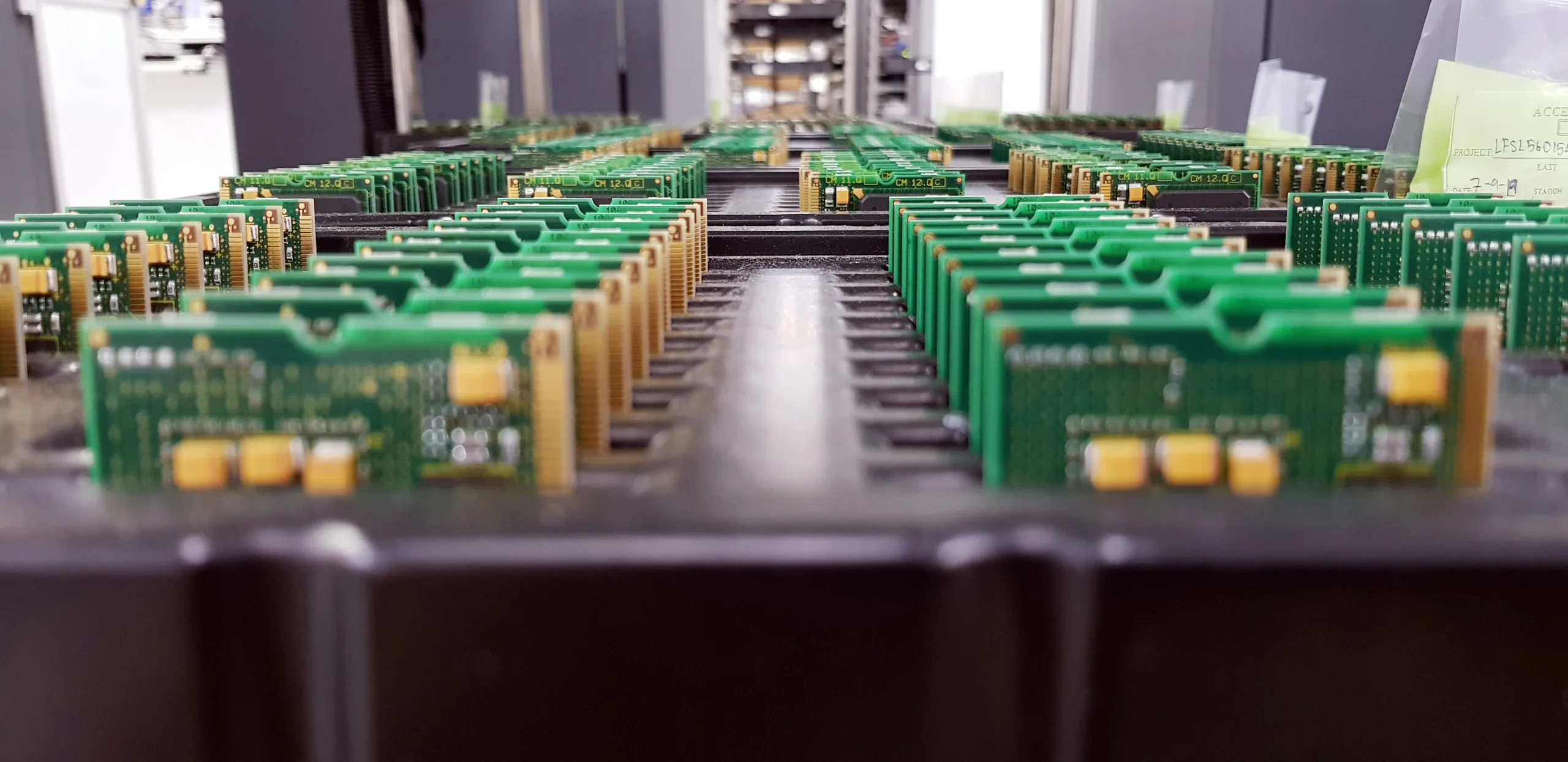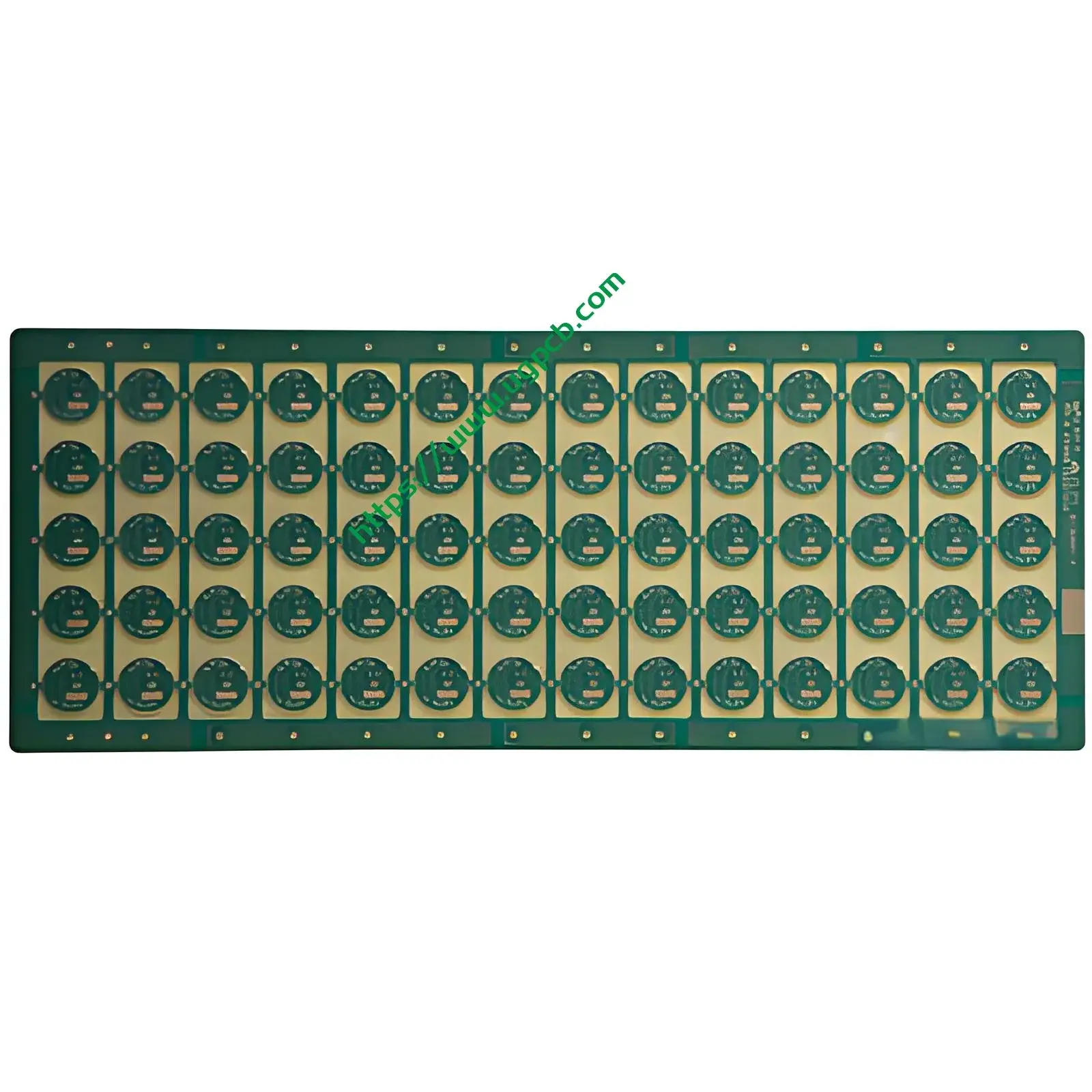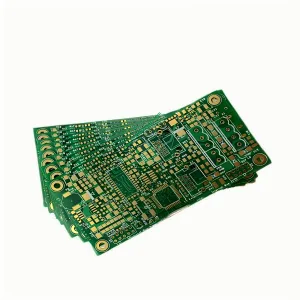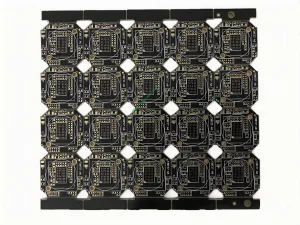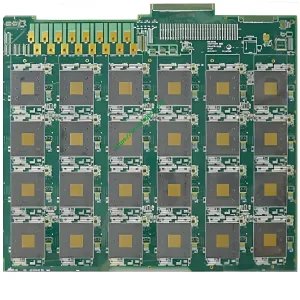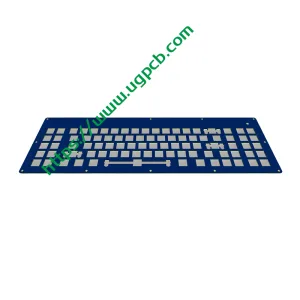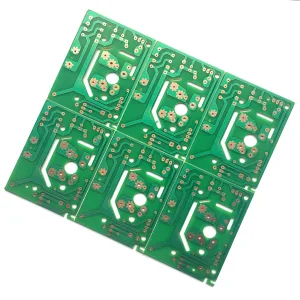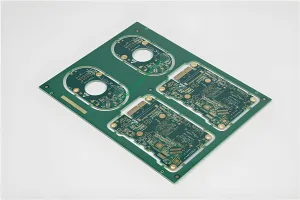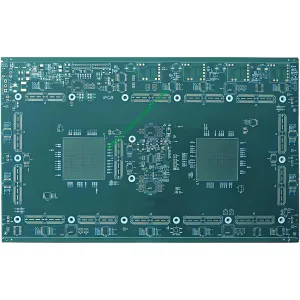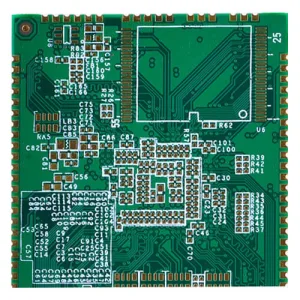Introduction to UGPCB Micro PCB Solutions
UGPCB specializes in manufacturing Micro PCB และ Ultra Small Size PCB สินค้า, designed for high-density, compact electronic applications. เหล่านี้ PCBS feature a 0.6mm finished thickness, 4-layer construction, and precise 6mil trace/space capabilities, making them ideal for advanced PCB and พีซีบี projects in industries like IoT, อุปกรณ์การแพทย์, และอุปกรณ์อิเล็กทรอนิกส์สำหรับผู้บริโภค. With gold-plated surfaces and FR-4 material, UGPCB ensures reliability and performance for demanding environments.
What Are Micro PCBs and Ultra Small Size PCBs?
Micro PCBs และ Ultra Small Size PCBs refer to แผงวงจรพิมพ์ with exceptionally small dimensions, such as UGPCB’s minimum finished board size of 0.5mm x 1.0mm. These boards support high component density and are engineered for applications where space is limited. They are a key component in miniaturized การออกแบบ PCB และ advanced แอสเซมบลี PCBA, enabling sleeker and more efficient electronic products.
Key Design Considerations for Micro PCBs
When designing Micro PCBs, engineers must account for several factors to ensure functionality and manufacturability:
-
Trace and Space Requirements: UGPCB’s minimum trace and space of 6mil (0.15มม) demand precise PCB layout เทคนิค to avoid signal interference.
-
Layer Management: The 4-layer structure allows for separated power, พื้น, and signal layers, optimizing PCB ความเร็วสูง ผลงาน.
-
การรักษาพื้นผิว: Gold-plating with 0.2μm thickness enhances conductivity and corrosion resistance, critical for reliable PCBA processes.
-
การเลือกวัสดุ: FR-4 material provides excellent thermal and mechanical stability, การสนับสนุน durable การผลิต PCB.
How Micro PCBs Work: Basic Principles
Micro PCBs function by interconnecting electronic components through conductive copper traces embedded in insulating layers. In UGPCB’s 4-layer design, signals are routed efficiently to minimize noise and crosstalk, การสนับสนุน complex PCB circuitry in ultra-small formats. This makes them suitable for low-power PCB applications และ high-density PCBA integration, where precise electrical pathways are essential.
Applications and Uses of Micro PCBs
UGPCB’s Micro PCBs are versatile and used across various sectors:
-
Wearable Technology: For fitness trackers and smartwatches requiring compact PCB solutions.
-
อินเทอร์เน็ตของสรรพสิ่ง (ไอโอที): Enabling small sensors and connected devices with efficient PCBA designs.
-
อุปกรณ์การแพทย์: In implantable devices and diagnostic tools where reliable micro PCB performance เป็นสิ่งสำคัญ.
-
อุปกรณ์อิเล็กทรอนิกส์สำหรับผู้บริโภค: Powering smartphones, drones, and other portable gadgets with space-saving PCB layouts.
Classification of Micro PCBs
Micro PCBs can be categorized based on their specifications:
-
By Size: Ultra small size PCBs (เช่น, sub-1mm dimensions) versus standard micro PCBs.
-
By Layer Count: ด้านเดียว, สองด้าน, หรือหลายชั้น (like UGPCB’s 4-layer boards) สำหรับ custom PCB projects.
-
By Application: High-frequency, flex-rigid, or standard FR-4 boards tailored for specialized PCBA services.
Materials Used in UGPCB Micro PCBs
UGPCB employs FR-4 material for its Micro PCBs, a flame-retardant epoxy laminate known for:
-
High Dielectric Strength: Ideal for insulated PCB designs.
-
ความต้านทานความร้อน: Withstands soldering temperatures during แอสเซมบลี PCBA.
-
ความคุ้มทุน: Balances performance and affordability for volume PCB production.
Performance Specifications of UGPCB Micro PCBs
Key performance metrics include:
-
ความหนาสำเร็จรูป: 0.6มม, การสนับสนุน slim PCB profiles for tight spaces.
-
ความหนาของทองแดง: 1ออนซ์, ensuring adequate current carrying capacity for stable PCB operations.
-
ความทน: Gold-plating (0.2μm) resists oxidation, เสริมสร้าง long-term PCBA reliability.
-
Operational Range: Suitable for wide-temperature PCB applications, from -50°C to 110°C.
Structural Details of 4-Layer Micro PCBs
UGPCB’s 4-layer Micro PCBs consist of:
-
Top and Bottom Layers: For component placement and routing.
-
ชั้นใน: Dedicated to power and ground planes, reducing EMI in noise-sensitive PCB systems.
-
Via Structures: Microvias or through-holes facilitate inter-layer connections, สำคัญมากสำหรับ complex PCBA layouts.
Key Features and Benefits of UGPCB Micro PCBs
-
Ultra-Small Size: เปิดใช้งาน miniaturized electronics with boards as small as 0.5mm x 1.0mm.
-
ความแม่นยำสูง: 6mil trace/space supports detailed PCB artwork และ fine-pitch PCBA components.
-
Enhanced Reliability: Gold-plating and FR-4 material ensure robust PCB performance in harsh conditions.
-
Cost-Efficiency: Streamlined production processes reduce costs for high-volume PCB orders.
Production Process of Micro PCBs
UGPCB’s manufacturing workflow includes:
-
Design and Fabrication: Using CAD software for PCB layout optimization.
-
Layer Lamination: Bonding FR-4 layers with copper foils.
-
Etching and Drilling: Creating traces and vias with 6mil precision.
-
การรักษาพื้นผิว: Applying gold-plating for corrosion-resistant PCB finishes.
-
การทดสอบและการควบคุมคุณภาพ: Ensuring each board meets industry PCB standards สำหรับ error-free PCBA integration.
Common Use Scenarios for Micro PCBs
These PCBs are ideal for:

-
Portable Devices: Such as headphones and GPS units, ที่ไหน lightweight PCB designs are essential.
-
Industrial Sensors: For monitoring systems requiring ความหนาแน่นสูง PCB components.
-
อุปกรณ์อิเล็กทรอนิกส์ยานยนต์: In control modules leveraging durable PCBA assemblies.
-
Aerospace Systems: ที่ไหน reliable micro PCB performance under extreme conditions is mandatory.
 โลโก้ UGPCB
โลโก้ UGPCB
